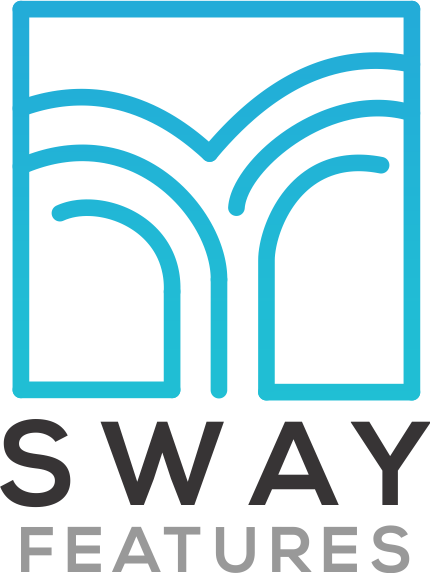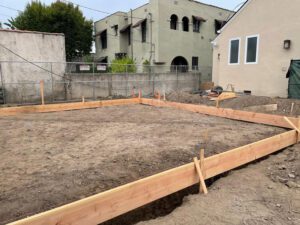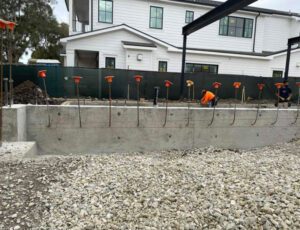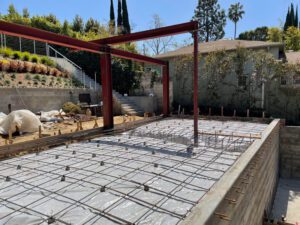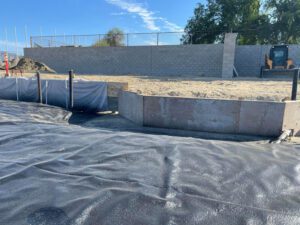Do I need an LADBS Methane Test for my ADU?
The newest Methane Test Code for ADUs updates significantly affects homeowners. The latest California building code updates have increased the eligibility for single-family dwellings. Allowing them to build an accessory dwelling unit (ADU) within their Single-Family Dwelling Property line. If the subject property location is within LADBS’ Methane Zone, Methane Testing and Methane Mitigation Construction will be a requirement.
The updated ADU Building Code has California residents scrambling to hire contractors. Residents may refinance their homes to build these accessory dwelling units to increase income for houses. Some homeowners with zero construction experience have their homes turned into construction sites. The construction of accessory dwelling units disrupts the comfort of homes and financially impacts homes through the refinancing process. Therefore, budget concerns for the construction of accessory dwelling units typically have low budgets to ensure a proper profit margin.
Homeowners need to hire an Architect to design the accessory dwelling unit.
Standard structural plans can save on engineering costs. Come time for construction, the owner can do a home build. So as an owner-builder, the homeowner acts as a contractor for the project. Owner-builder construction will save on construction costs by not hiring a general contractor to build the project. Although this will save on construction costs, the requirement of managing the subcontractors is significant and time-consuming. So often, it is not an option for homeowners.
During the design phase of the accessory dwelling units, an experienced Architect will check with Sway Features. The aim is to establish whether the property is located within the LADBS Methane Zone. Verifying the Methane hazard classification is a recommendation for all projects requiring new construction within LADBS.
The conclusion, is that of the accessory dwelling unit gets built within the LADBS Methane Zone. In that case, the project will require a Methane Test, Methane Mitigation Design, and Methane Mitigation Construction. Neighboring Building jurisdictions also have Methane Gas Intrusion Code requirements.
New LADBS Methane Testing and Mitigation Exceptions for ADUs
The LADBS Accessory Dwelling Unit (ADU) Methane Mitigation process consists of three parts Methane Test. This includes- Methane mitigation design, and Methane Mitigation Construction.
The LADBS is aware of the budget restrictions for single-family construction and accessory dwelling units. Due to budget concerns, LADBS has granted accessory dwelling unit methane mitigation exceptions. I have for you below a summary of each applicable Exception.
- Standalone methane gas detectors with battery-back can are in use instead of the commercial-grade alarm and gas detection system.
- 6-mil thick Visqueen are in use instead of a waterproof membrane.
- Implementation of a more robustly designed sub-slab methane ventilation system may occur. This is in place of the 1st level methane mechanical ventilation system and the below-grade methane extraction system.
Applying the above-listed Methane Mitigation LADBS Code exceptions is a great way to save on methane mitigation construction costs.
Do I have to conduct a Methane Test for LADBS?
Another option for the use of Methane Mitigation Construction of an accessory dwelling unit is passing on a methane test. Per the Methane Mitigation Construction code, it’s not technically possible to entirely disregard the results of a methane test. But there is the option of assuming the worst-case scenario; a level five methane mitigation system.
What are the repercussions of assuming a level five methane mitigation system for an accessory dwelling unit? To evaluate this scenario, both time and money need consideration. From a time perspective, forgoing the level 5 methane hazard classification is beneficial. Because a Methane test no longer needs conduct, it can take up to two weeks of testing time and analysis. From a cost perspective, the implications are that we will need to implement the accessory dwelling unit exceptions. Achievement is by applying the rule of the active Methane mitigation components.
Based on the LADBS methane Mitigation Code exceptions of Single-Family Dwellings and their accessory, Level 5 Methane Mitigation systems can lead to the use of standalone Methane detectors. Compared to testing with a level 1 or 2 Methane Mitigation system, the cost of the es standalone detector and the more robust sub-slab ventilation system will depend on the architectural design approach. A Methane mitigation cost analysis for Accessory Dwelling Units are to implement to confidently establish the most cost-effective methane hazard mitigation approach for Accessory Dwelling Units.
Methane Testing Laboratory must perform the Methane Test
When building an accessory dwelling, there are advantages of conducting a Methane test for LADBS. An LADBS Methane Testing Laboratory must perform the Methane Test. If the Methane Soil Gas Test’s Certificate of Compliance reports a Level 1 or 2, the methane mitigation requirements will significantly reduce the cost of methane mitigation construction.
The LADBS Methane Mitigation Exceptions drive the cost reductions for Single Family Dwellings and their Accessory Dwellings Units. Specifically, a Visqueen layer can be useful instead of the methane barrier for the low-level methane Hazards levels. Visqueen can save on material costs for as much as 20 times compared to the methane barrier material costs.
New Methane Testing Code – LADBS Garage conversion to an ADU
Homeowners in the Los Angeles area have been contemplating the new California code, which allows them to have an Accessory Dwelling Unit and a Junior Accessory Dwelling Unit on their single-family dwelling property. Many single-family dwellings in Los Angeles have detached garages that are re-occupying space on the property at a net negative return on investment. The new California building code allows homeowners to convert the Garages to an ADU. To convert a garage into an ADU or JDU, the following benefits can be taken:
-
Maintain a position of a structure relative to property lines
The LADBS Building code requires new construction to be 4 feet from the property line. Because if an existing garage is converted, the current structure can be in use. Likely positioned on the property line based on historical building codes.
Depending on the application, up to 100 SqFt of Space can be gainful on the ADU. This can increase property value by $60,000 based on the current rates.
-
Save costs on Framing and Foundation.
Existing garages have the footings and framing already built and ready for reuse! Often some upgrades may be necessary based on the age of the structure, but the costs o of upgrading the existing foundation and framing are less than the material costs of building from scratch.
-
Save on LADBS Methane Testing and Methane Mitigation Construction
The LADBS Methane Mitigation Code will require a Methane Test, Mitigation Design, and Methane Mitigation Construction for all new construction within the Methane Zone.
The costs in association with the Methane Vapor Mitigation system should be in budget early to ensure they are in consideration. However, the LADBS Building code has some expectations that can grant for converting garage to ADUs. To provide an accurate and best approach for LADBS Methane Testing and Methane Mitigation for a garage to ADU Conversions, its best to contact a methane mitigation consultant to review project-specific scope and corresponding methane mitigation requirements. Generally, there are several Methane Testing and Methane Mitigation options:
Install the Methane Sub Slab Vent System and Methane Impervious membrane only in the new scope where a new concrete slab will be poured.
Add retrofit methane barrier coating on the existing concrete slab to mitigate the migration of methane gas or vapor intrusion.
– Apply exception that will result in an exemption of mitigation requirements for the project. This exception is applicable towards the LADBS Methane Testing requirements. LADBS will enforce the Methane Mitigation Construction based on pouring a new slab or foundation for the project. If an existing slab on grade or footings is used, the code requirements will not require a Methane Test or implement the Methane Mitigation System. Any addition to a single-family dwelling or accessory dwelling unit addition will require a Methane Mitigation System for single-family dwellings, accessory dwellings, or commercial buildings.
Do I need a Methane Test for an Addition to a Single-Family Dwelling?
Based on the LADBS methane mitigation code requirements for additions Buildings, the LADBS code will require a Methane mitigation System, including conducting Methane Tests on any size of an addition. Conducting technical analysis of the LADBS Methane Code implies that a 5 SqFt addition to an existing 5,000 SqFt building will need Methane Mitigation Conduction. This issue in the code was caught early on, so an LADBS issued Bulletin P/BC 2014-102 titled “Methane Hazard Mitigation Standard Plan: Simplified Method For Small Additions” to address this issue. The Simplified Method for Small Additions bulletin was published to allow Methane Testing and Methane Construction exceptions for additions to any structure. These expectations may lead to eliminating the Methane Mitigation requirements or outlining cost-effective and reasonable mitigation approaches for the small additions to a structure.
Raised floor foundations in themselves or methane mitigation features, so conducting an LADBS Methane Test may not be required. There are unlimited variables when analyzing methane testing and methane mitigation construction requirements for a project; it’s best to consult with a methane mitigation consultant to evaluate what is or isn’t required for the LADBS code for the specific project.
